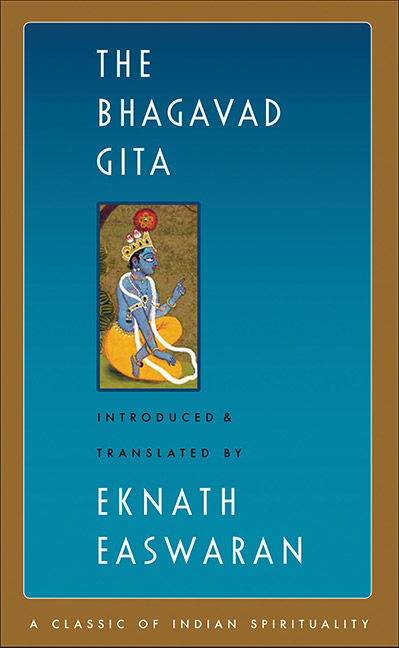The Bhagavad Gita is a Hindu scripture and is the best-known and most widely read Hindu text. It forms part of the Mahabharata epic and is believed to have been written in the second century BCE.
It tells the story of a dialogue between a warrior named Arjuna and the Hindu god Krishna.
In general, it has a pretty agreeable message. Rejecting monastic life, it calls on us to do our duty in the world while renouncing personal benefit and working towards selfless service. It also offers an attractive afterlife package: life is not one single test that ends in heaven or hell, but a test you can take as many times as you need until you pass. Indeed, even the fear of slipping backwards is removed.
That said, it is easy to see why Christopher Hitchens argues that there is no “answer in the East”. In the first chapter, Arjuna lays down his arms at a great battle. In chapter 2, Kristna tells him that it is his duty as a warrior to fight and that if he does not fight, the other warriors will laugh at him. Nothing like a bit of peer pressure from god to make you go to war. Some have argued the battle is a metaphor for the spiritual battle of good and evil, but this is not widely accepted, especially as the characters in the battle form a major portion of the Mahabharata.
What I like most, though, is that it is short and interesting. Compared to say the Bible, which is really long, or the Qur’an, which is just page after page of repeating that there is definitely only one god and you’re going to be published if you believe anything different.

Don't have time to check my blog? Get a weekly email with all the new posts. This is my personal blog, so obviously it is 100% spam free.
This entry was posted on Thursday, October 15th, 2020 at 11:00 am and is filed under Books. You can follow any responses to this entry through the RSS 2.0 feed. Both comments and pings are currently closed.